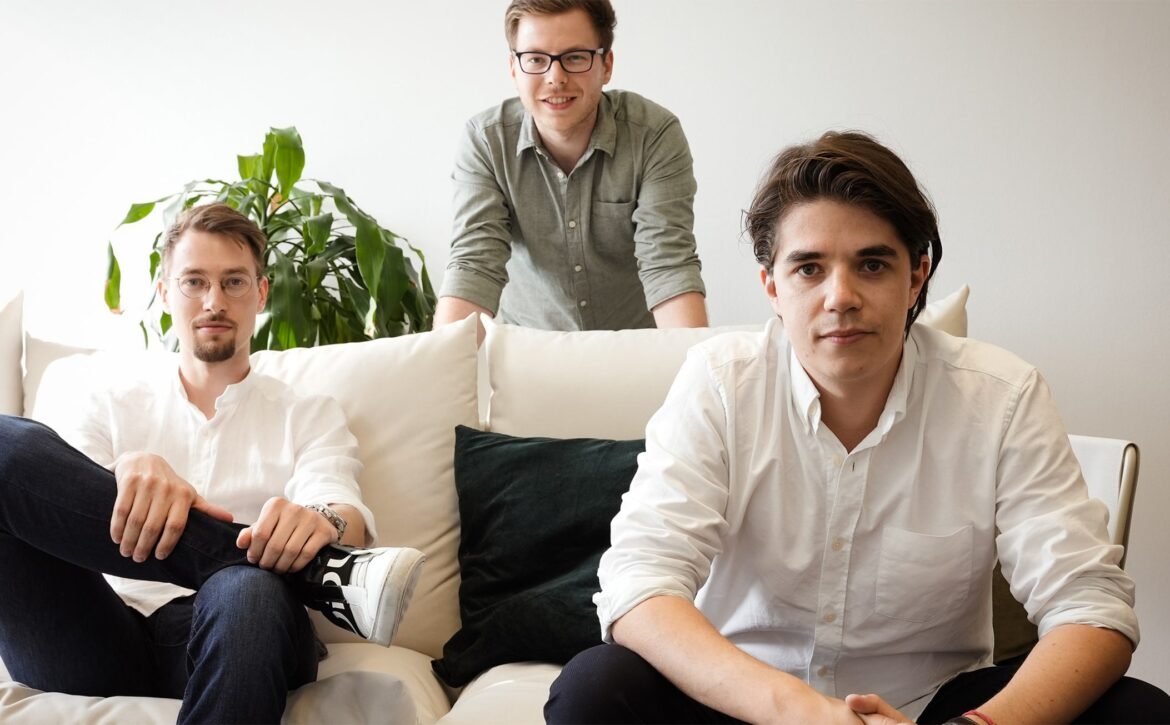Willkommen sewts
We are very pleased to welcome sewts, a successful robotics company, as the first company in the 'EquityPitcher Growth Fund' portfolio.
The Munich-based deep-tech start-up has completed a Series A financing round of 7 million Euros and brought on board a number of high-profile investors. Participating in the financing round, alongside EquityPitcher Ventures, were internationally leading industrial and technology investors: Emerald Technology Ventures, Constantia New Business, and Nabtesco Technology Venture as new investors, as well as additional contributions from existing shareholders Bayern Kapital, APEX Ventures, and HTGF. With the new financing, sewts will continue the roll-out of the sewts.VELUM systems in international laundries and tap into new markets, such as handling returns in e-commerce.
sewts automates what others cannot. While picking rigid materials like metals is quite simple for robots, handling deformable and soft materials (such as textiles) is still the white spot of automation. With its unique approach of combining AI, robotics, and material simulation, the company founded in 2019 aims to change this. By equipping robots with human-like perception and grasping abilities, sewts has for the first time enabled the automatic handling of textiles.

What makes sewts interesting?
In 2022, sewts launched its first production-ready product, sewts.VELUM – a robotic unit intended for global industrial laundries to overcome the massive labor shortage and increase efficiency. The robot automatically picks up wrinkled towels and feeds them to the folding machines to reduce manual labor at a human-like speed. The market for industrial laundries is often underestimated, but it actually has a global volume of 100 billion Euros in annual sales.
At the same time, sewts has already begun to invest in the development of additional use cases along the life cycle of textile production, as there is an unprecedented demand for automation solutions. The new technology will not only be needed to overcome the labor shortage but will also help achieve global climate goals and protect human rights. Bringing the production and recycling of textiles closer to the consumer market will greatly reduce CO2 transportation costs, overproduction, and waste.
"Our long-term vision is a 'Moonshot' idea - we want to revolutionize the production of textiles. To achieve this, we first dedicate ourselves to the most promising niche markets, and then gradually approach the grand vision step by step."
Alexander Bley, CEO and co-founder of sewts

